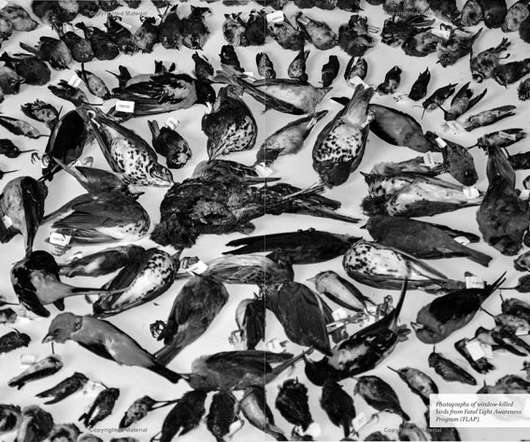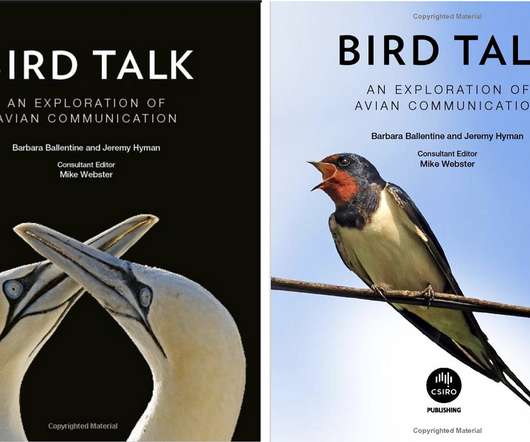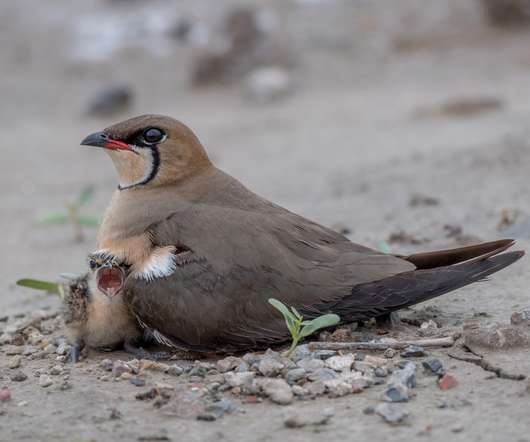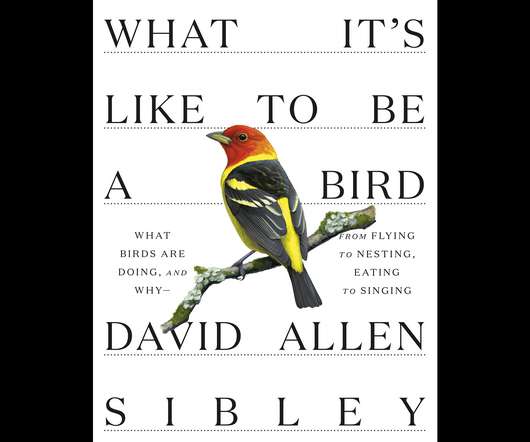Solid Air: Invisible Killer Saving Billions of Birds From Windows–A Book Review
10,000 Birds
JULY 5, 2022
Solid Air: Invisible Killer- Saving Billions of Birds from Windows is the summation of Dr. Klem’s expertise, experience, and professional life–what we scientifically know about bird and glass collisions, a handbook on how to prevent them, and, not insignificantly, the story of a remarkable career.






















Let's personalize your content